
Don’t Let One Bad Year Derail Your Business Exit
As we look ahead to 2025, the economy is stabilizing after the turbulent COVID years, and many business owners are seeing signs that it may be an ideal time to consider selling their business. However, some owners are hesitant—particularly if they’ve experienced a recent off-year. The concern is understandable: How can one bad year affect the value of your business, and will it derail your chance at a successful exit?
At NuVescor, we work with business owners facing this exact situation. The good news? A single down year doesn’t have to define your exit. The key is to start preparing now, leveraging your stronger financial history and aligning your strategy with broader economic indicators.
Here’s how to ensure that one challenging year doesn’t stand in the way of maximizing your business’s value.
Key Indicators of Readiness: It’s Not Just About the Past Year
One common misconception among business owners is that a single down year automatically reduces their company’s value. According to Randy Rua, President at NuVescor, buyers care more about what’s happening now and what’s projected in the next 12 months.
“Buyers are less focused on a one-time drop in performance and more interested in what you’ve done since then,” says Rua. “If your business is back on track with a solid pipeline, that’s what drives interest and offers.”
The key is demonstrating recovery.
If your previous years’ numbers are down, but you can show strong financials over the past 12 months and a healthy outlook for the next six to twelve months, you’re still in a good position to sell. What’s important is explaining the reasons behind any downturn and clearly outlining what has been done to correct the course.
Leveraging a Strong Earnings History
Even with a recent dip, a long-term history of strong earnings can still be a major selling point for prospective buyers. Demonstrating consistency in prior years helps to balance out one weaker year, especially if the financial downturn was due to external factors like market disruptions or economic shifts rather than fundamental business issues.
“Your strong earnings history is a big asset,” says Rua. “A buyer will want to see that the company has a track record of success, and that you’ve recovered or are recovering from a weaker period.”
To capitalize on this, be prepared to show detailed financials from past years, along with a clear explanation of how and why your business is back on track. Highlight any proactive steps you’ve taken, such as cost-cutting measures, new customer acquisitions, or operational efficiencies that have been put in place to drive recovery.
What Economic Trends Should You Monitor?
As 2025 approaches, it’s important to keep an eye on broader economic trends that can influence the timing of your sale. Lower interest rates, for example, can drive buyer demand, as borrowing costs decrease and investors look for opportunities to make acquisitions.
“We’re hearing a lot of talk about interest rate cuts coming in the near future,” notes Rua. “If rates drop, it could create a flurry of buyer activity, but some may wait for further cuts before pulling the trigger. Timing your sale with these changes could potentially work to your advantage.”
In addition, if you’re in the manufacturing sector, keeping an eye on industry-specific indicators such as the PMI (Purchasing Managers’ Index) is key. A declining index can spook buyers, while a stable or rising one can bolster confidence in future growth prospects. Stay informed and be ready to move when the timing is right for your industry.
Positioning After a Tough Year: Strategies for Success
Even after a weaker financial year, it’s entirely possible to position your business as an attractive acquisition target. The key lies in transparency and creating a compelling narrative that explains the dip while focusing on your company’s recovery and future potential. Rua points out two common scenarios that can be effectively reframed:
- Lost Customers: If your business lost a major client but gained several smaller ones in return, you’ve diversified your customer base. This reduces risk for buyers and signals stronger long-term stability.
- Bad Investments: If a failed product launch or a costly new hire led to higher expenses without corresponding revenue growth, be upfront about what went wrong. Acknowledge the lesson learned and show that it won’t be repeated.
The Risks of Waiting Too Long to Sell
A common pitfall business owners face is waiting too long after a strong financial year, hoping for even better results in the future. The danger here is that market conditions can shift quickly. If you miss the window of opportunity, you may find yourself waiting through another cycle of poor economic conditions before your business is attractive again.
“The biggest risk of waiting is that the economic indicators could turn against you,” Rua explains. “If interest rates rise again or your sector faces a downturn, you might end up holding onto the business longer than planned, which can ultimately reduce your valuation.”
Preparing Your Financials for 2025
If you’re considering a sale in 2025, now is the time to start preparing. Buyers today are looking closely at financials—not just the numbers, but the story behind them. Making sure your financials are easy to understand and reflect the full picture of your business’s performance is essential.
Rua emphasizes, “Buyers want to see the whole story. Make sure your financials are clean, tell a compelling narrative, and highlight the strategic decisions that have put your business back on track after a tough year.”
Take Action Now
As we move toward 2025, business owners who are thinking of selling should be actively working on their exit strategy. This means bringing in advisors early, ensuring your financials are in order, and positioning your business to appeal to the right buyers.
At NuVescor, we help business owners look at their financials from a buyer’s perspective and identify areas where they can maximize value. Starting now gives you the flexibility to adapt to market conditions and ensure you’re ready to go when the time is right.
Don’t let one bad year derail your business exit. With the right preparation and timing, you can achieve a successful sale in 2025—and potentially secure a premium offer.








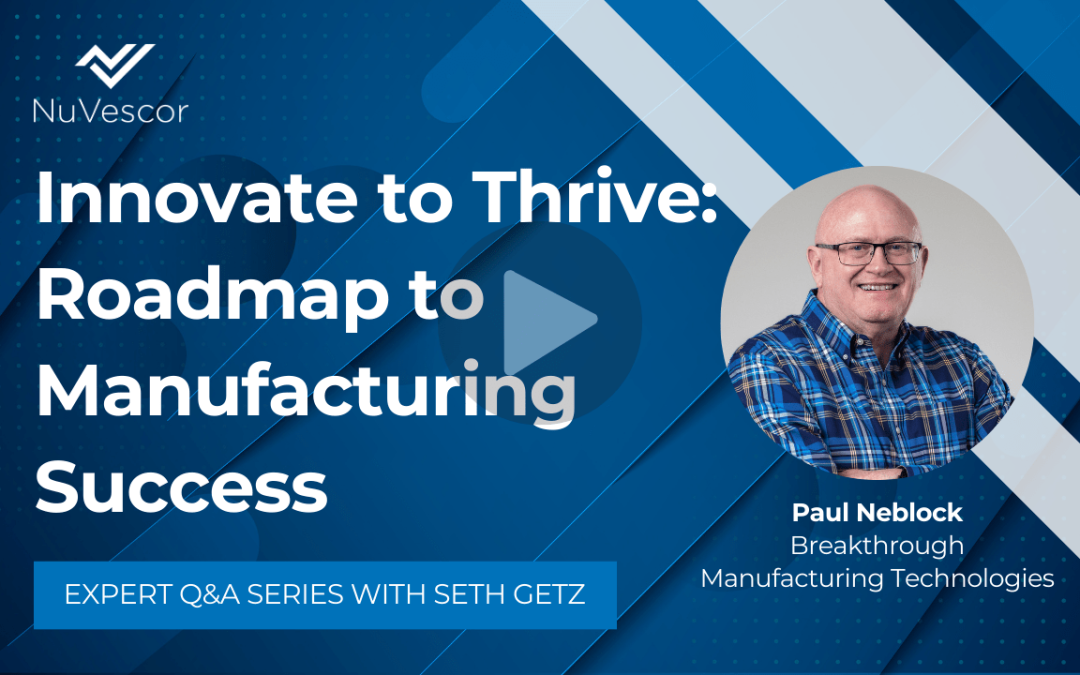


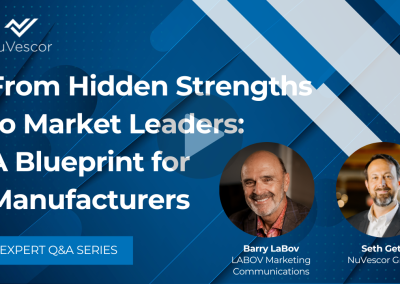
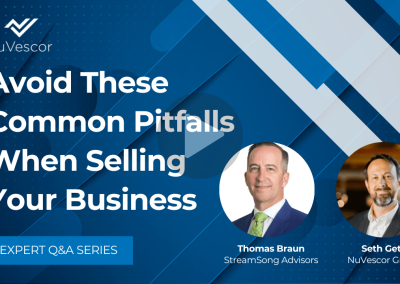


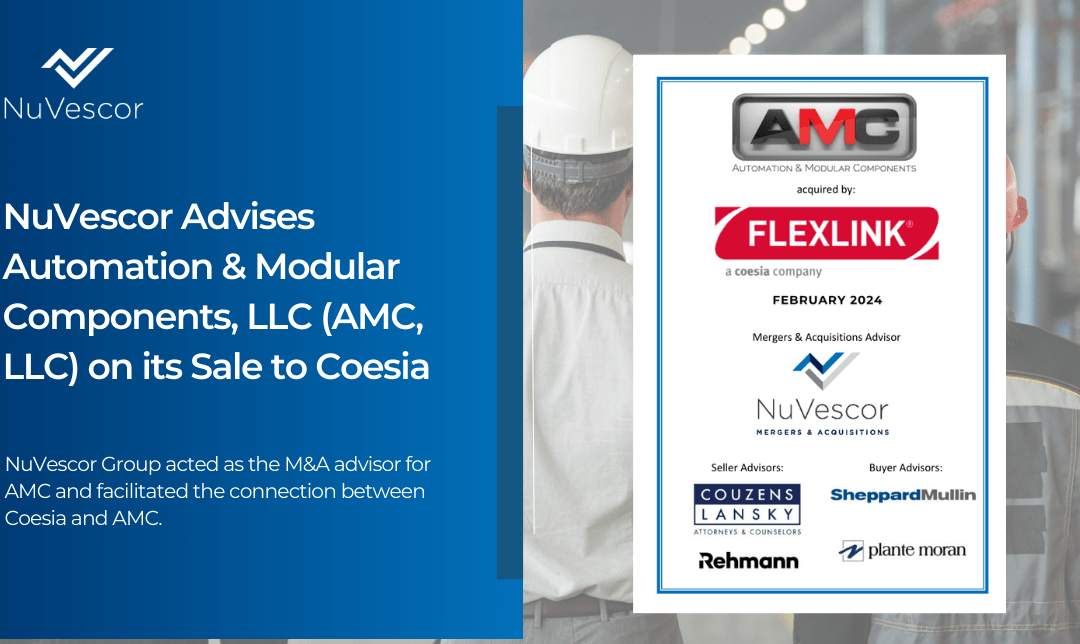
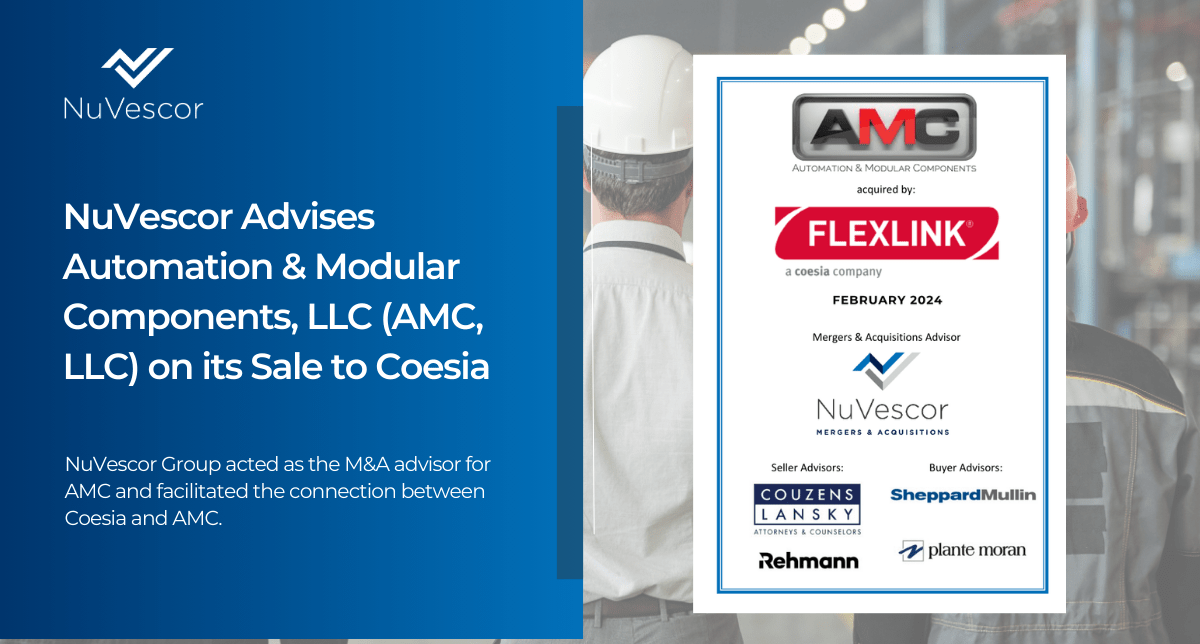
Recent Comments